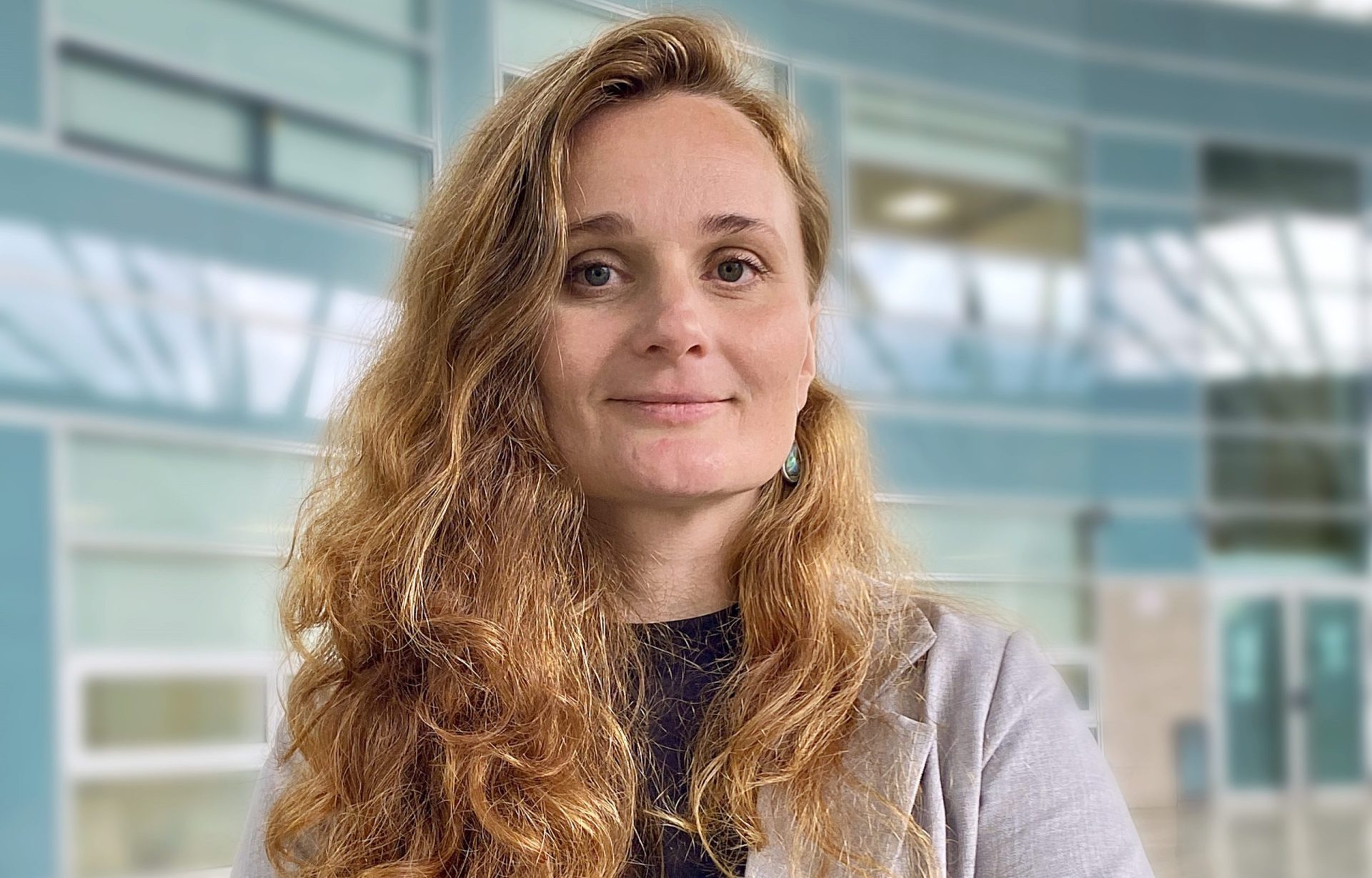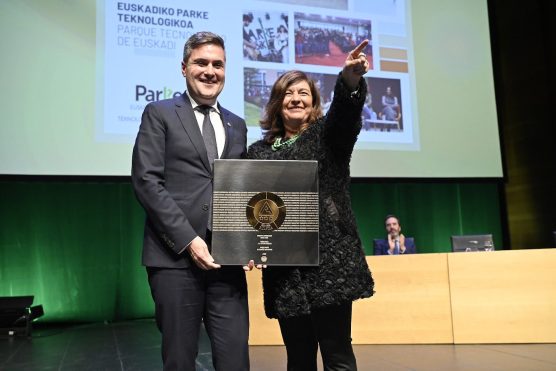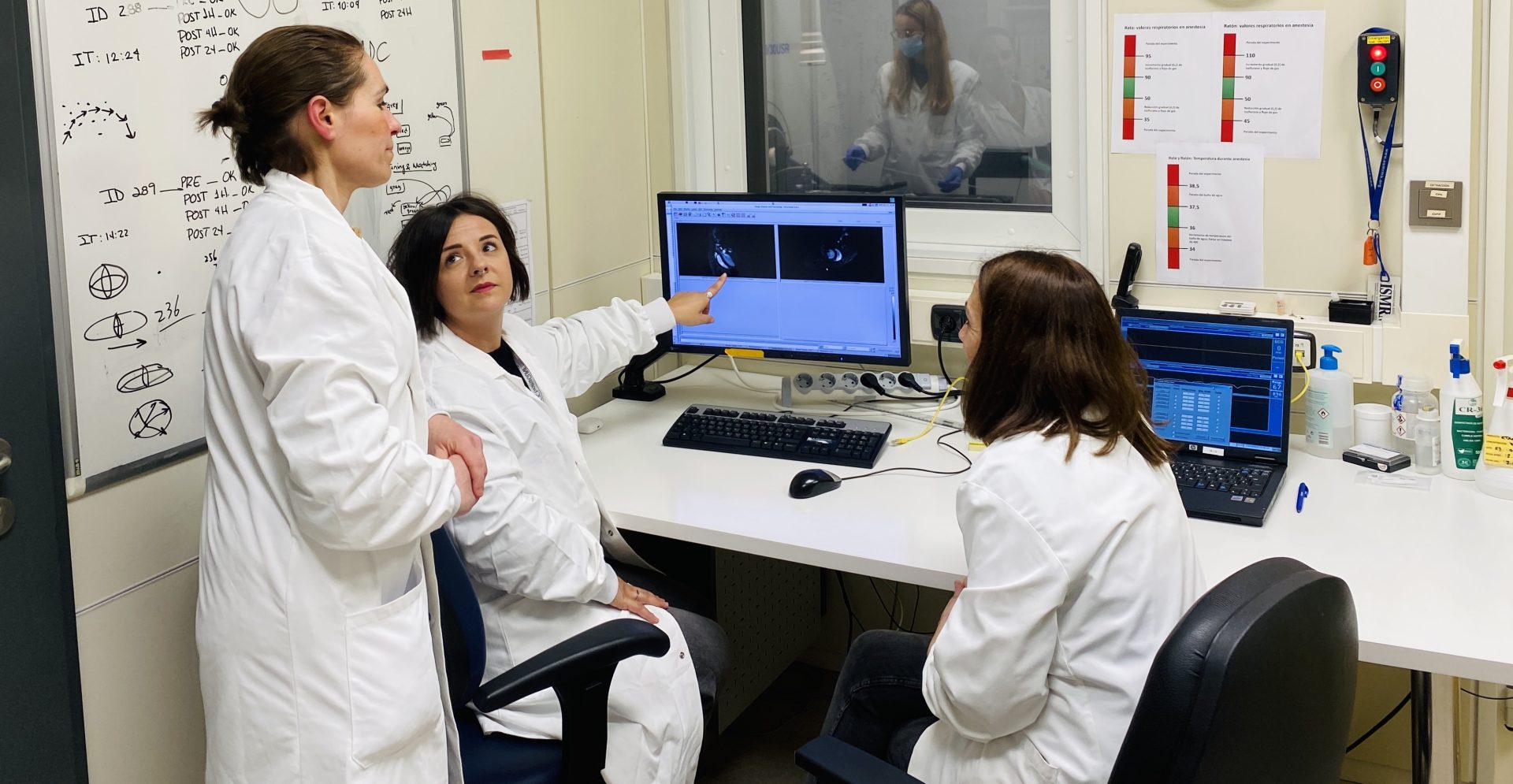New research group to study bacterial infections through reverse engineering

CIC biomaGUNE has created a cell biology and bottom-up bioengineering group led by Natalia Baranova, Ikerbasque Research Fellow.
The group aims to understand the molecular mechanisms underlying bacterial processes and propose new strategies to combat antibiotic resistance.
The Biomaterials Cooperative Research Centre CIC biomaGUNE has created a new research group dedicated to Bottom-up cell Biology and Bioengineering that aims to explore the molecular processes that take place in bacterial cell biology, i.e. how bacteria form and reorganise their cell walls, divide and communicate with each other or with their host organism. A basic and fundamental understanding of these processes could lead to novel strategies to combat a major health and social problem: antibiotic resistance. The research group led by Ikerbasque researcher Natalia Baranova aims to reverse engineer molecular assemblies in order to understand how they work.
Reverse engineering of molecular interactions is a classic approach in the field of synthetic biology. In this field, ‘we reconstruct cellular processes from the bottom up’. To do this, they often take elements (or building blocks) from nature and reassemble them, often in order to better exploit their potential. ‘In fact, we are building bridges between engineering and biology. We take molecular components apart and rebuild them (similar to what we do with cars or bridges). In this way, we can discover how nature has selected specific components as critical, i.e. we aim to understand the relationship between molecular composition and ultimate biological function. However, unlike the machine – take the example of a car engine – molecular interactions are highly adaptable to the environment. I find this particularly beautiful and exciting. If we focus on the interactions that occur in the molecular world, we can identify completely new engineering strategies,’ explains the researcher.
By reconstructing the molecular processes involved in bacterial cell growth, division and interaction with host tissues, ‘we not only want to explain the main processes that take place in bacterial cell biology, but also look for clinically relevant strategies to combat bacterial infections. Not only do we gain fundamental knowledge, but we can also further optimise the molecular design and approach it to solve a specific societal problem,’ adds Natalia Baranova.
The bacterial cell wall and biofilms
Bacteria are very small and it remains extremely difficult to explore dynamic molecular interactions directly in living cells. For example, we do not have a complete picture of how bacteria can reorganise their cell wall or peptidoglycan (a mesh-like layer surrounding the bacterial membrane) during growth and division. ‘In previous research, I have reconstructed peptidoglycan synthesis from the ground up. So I have a platform where I can investigate the mechanism underlying such remodelling down to the single-molecule level,’ explains Baranova.
In bacterial cell biology, the focus is mainly on a single cell while the communities of bacteria that form biofilms receive less consideration. Biofilms are layers made of communities of micro-organisms surrounded by a protective matrix. They are large and highly dynamic assemblages that selectively regulate the composition of their matrix in order to adapt to various environmental conditions or host organisms. Bridging the molecular organisation of a biofilm, the cellular functions and the macroscale properties of such a complex assembly remains difficult.
However, according to Dr Baranova, ‘using bottom-up reconstruction, we can bridge this gap. We can reconstruct the matrix of the synthetic biofilm and correlate it with natural biofilms. This will allow us to explore why it is difficult to treat biofilm infections with conventional antibiotics, why immune cells fail to reorganise them, or how bacterial communities explore the host tissue environment in chronic infections.
Aitziber L. Cortajarena, scientific director of CIC biomaGUNE and Ikerbasque research professor, says: ‘Dr. Baranova’s work on synthetic molecular systems addresses important scientific and societal challenges, especially the generation of biofilm arrays to tackle the growing problem of antibiotic resistance. This research will provide new tools and platforms to develop innovative antibacterial treatments or to evaluate antibacterial drugs that are directly translatable to clinical and industrial applications.
Dr Natalia Baranova is delighted with the new challenges she is tackling: ‘CIC biomaGUNE is a leading international research institute with expertise in biomaterials, biophysics and glycobiology and has recently created an area of 3D printed tunable materials. Its unique technical infrastructure and scientific expertise make the centre a very attractive place for the development of my research. Moreover, thanks to CIC biomaGUNE’s translational approach, our synthetically reconstructed systems will not only address key questions but also find diverse applications. Basically, some aspects of my research are highly interrelated and have taken shape in the unique scientific environment of CIC biomaGUNE’. She is very motivated to ‘showcase the scientific excellence of this institute. I hope that my wide network of collaborations will contribute a lot in this regard. I am also interested in creating a multicultural and interdisciplinary team and in transferring my knowledge of bottom-up reconstruction, cell biology and high-resolution imaging to my future students.




